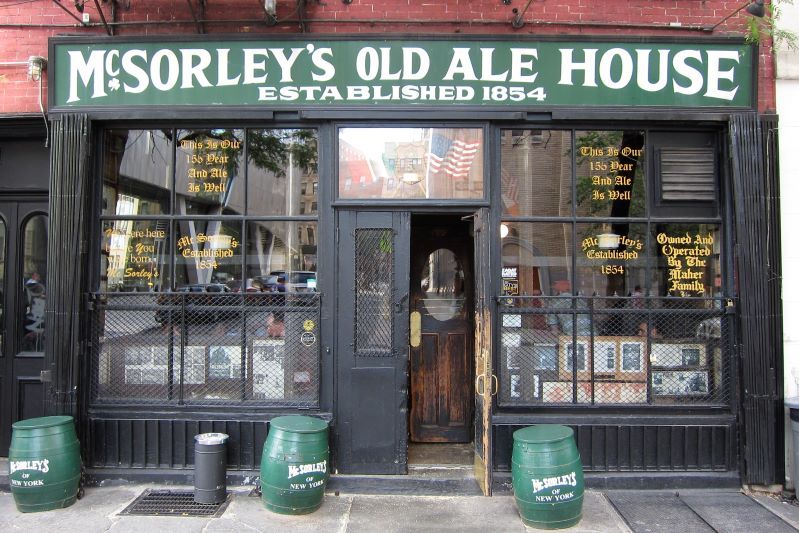As recently as 2008, “rip-off Ireland” — as the country has often been dubbed by Irish people themselves — was the second most expensive country in the European Union, according to the Irish Central Statistics Office (CSO) in its just published annual report. Shoppers could expect to pay a quarter more on average than their European counterparts. The cost of living was higher only in Denmark and exceeded even that of Finland, which has long had a reputation as the most expensive place in Europe.
This year, things have changed. With disposable income drying up in the face of a deep recession, price wars have broken out among grocery chains, furniture stores, car dealers, hotels and restaurants. In July, the trend to cheaper living in Ireland was confirmed by the Mercer 2009 Cost of Living city index. It graded Dublin the 25th-most expensive of 143 world cities, nine places below the previous year (and almost on a par with Los Angeles, which was ranked 23rd).
But the summer vacationer from the United States will still find Ireland expensive, especially as the dollar has weakened in recent weeks. A Big Mac — that international indicator of cost of living — costs $5.42 in Dublin at current exchange rates, compared to $3.57 in the U.S. But travelers will also find that hotel prices have been slashed by as much as two-thirds, and once over-priced restaurants are offering “early-bird specials” right through the evening.
For people living here, it is more important that long-overpriced items in supermarkets are costing less. The big grocery retailer Tesco boasted last month to have made 12,500 price cuts in its Irish stores. Services have become cheaper and easier to get. It was difficult during the construction craze to find plumbers, electricians or repair workers to do a domestic job at short notice. Today they are delivering leaflets door-to-door imploring householders to give them work, at reduced rates.
Since there is less money circulating, however, a new and unpleasant business culture has emerged that is crippling individuals and small firms. The collapse of the construction bubble has left many sub-contracted workers seeking back payments in court from near-bankrupt building contractors.




Comments